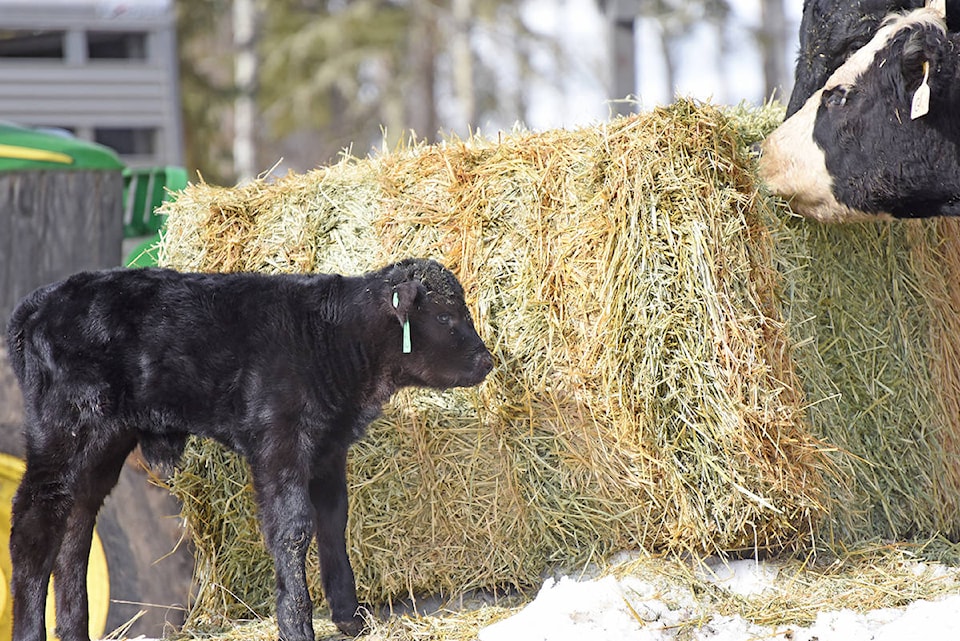I have mused in past articles about the shortness of the seasons, with the exception of winter.
Some activities bunch up in springtime, which makes the season seem short.
Spring fever and the energy burst that goes with the lengthening day help get things done.
When we have a dry, hot spring such as we have just had, we have a short time to get any seeding done before it rains (we hope) or we put irrigation on the seeded ground.
Fertilizing can’t be done too early or we risk the readily available nutrients leaching into the water table, running off or off gassing before the plants can put them to use.
Underutilized nutrients is one of the problems of agriculture. Of course, such loss is also financial. No farmer can afford that.
If you are seeding, then you want to get a good germination, which happens best with the right amount of moisture.
Established perennials might just rush to seed before putting on a lot of growth, which is desirable if you are making hay. The best hay is put up in the flower stage not the seed stage of growth.
So why I am dwelling on this theme of spring being such a short season? It is the farmer’s and rancher’s sense of timing as the season develops that makes him or her a good steward.
If you can graze your cattle (and goats/sheep) on the land growing invasives such as burdock, ox-eye daisy and orange hawkweed, the problem can be minimized without spraying herbicides.
If you can keep your very best hay for the cattle which have calved by now, you can hold them off the pastures that should get eight-plus inches of growth before they graze them.
Early spring growth doesn’t have the nutrient value of more mature plants, which we put up as hay.
Timing all this in the same season as we are getting ready to put animals out on open range (branding, medicating, immunization) means juggling the workload.
After many years on a place, one can develop a sense of what just has to be done before the season changes and conditions make it undesirable to do certain things.
Irrigation and rains forgive the late planter.
The growing season can be modified by applying water when nature puts us into a drought.
When we get highly varying seasons, the best we can do is to promote on our land a greater variety of plants: some that thrive in cold weather and some that do so in warmer weather.
When it comes to advice on such matters, two positive developments have occurred recently.
First, the provincial government is trying to have a forage expert on staff.
The second is the further development of the BC Forage Council, which is essentially a producer organization with provincial government participation.
These developments give us hope that producers and government can collaborate on doing trials of different varieties and strategies that will make us resilient in the face of whatever climate throws at us.
If our wits are about us and we use of local knowledge and search the science that is out there, we at least are doing what we can.
That is much better than bemoaning what we can’t change.
I highly recommend a recent book: Cool Forages: Advanced Management of Temperate Forages, by Bittman and Hunt.
David Zirnhelt is a rancher in the Cariboo and member of the Cariboo Cattlemen’s Association. He is also chair of the Advisory Committee for the Applied Sustainable Ranching Program at Thompson Rivers University Williams Lake Campus.
